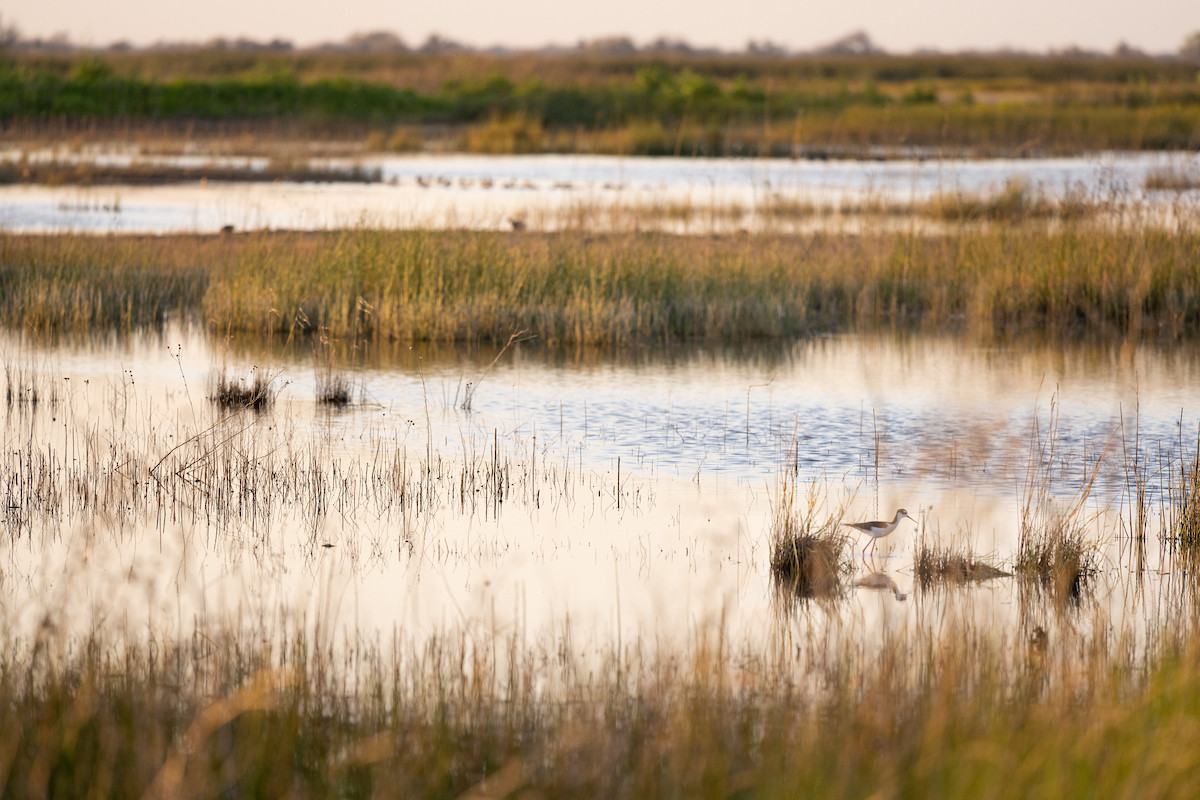Upper Scioto River Watershed
With support from the Harte Charitable Foundation, AFT is partnering with stakeholders in the Upper Scioto River Watershed to reduce nitrogen and phosphorus loss from farmland. This project aims to improve water quality in the Upper Scioto River Watershed and achieve a 30% nitrate-N reduction established by the 2006 Upper Scioto Watershed Action Plan. Nitrate-N will be measured at the surface water intake areas for the city of Columbus to ensure the city’s source of drinking water is protected.
Drive Awareness and Adoption of the best farming practices to achieve cleaner water and farmer/landowner profitability.
Use a market-based approach to facilitate an Agricultural-municipal Partnership designed to achieve cleaner water and farmer/landowner profitability.
How does TSP, or “Triple,” impact the Upper Scioto River Watershed? “Triple” was one of the first high-analysis phosphorus (P) fertilizers widely used in agriculture. Many older farmers remember it fondly. A decade or two ago, US fertilizer manufacturers shifted production away from TSP and toward MAP. Soon, the domestic output of TSP ceased, and it slowly disappeared from the marketplace. Download our fact sheet to learn more.






